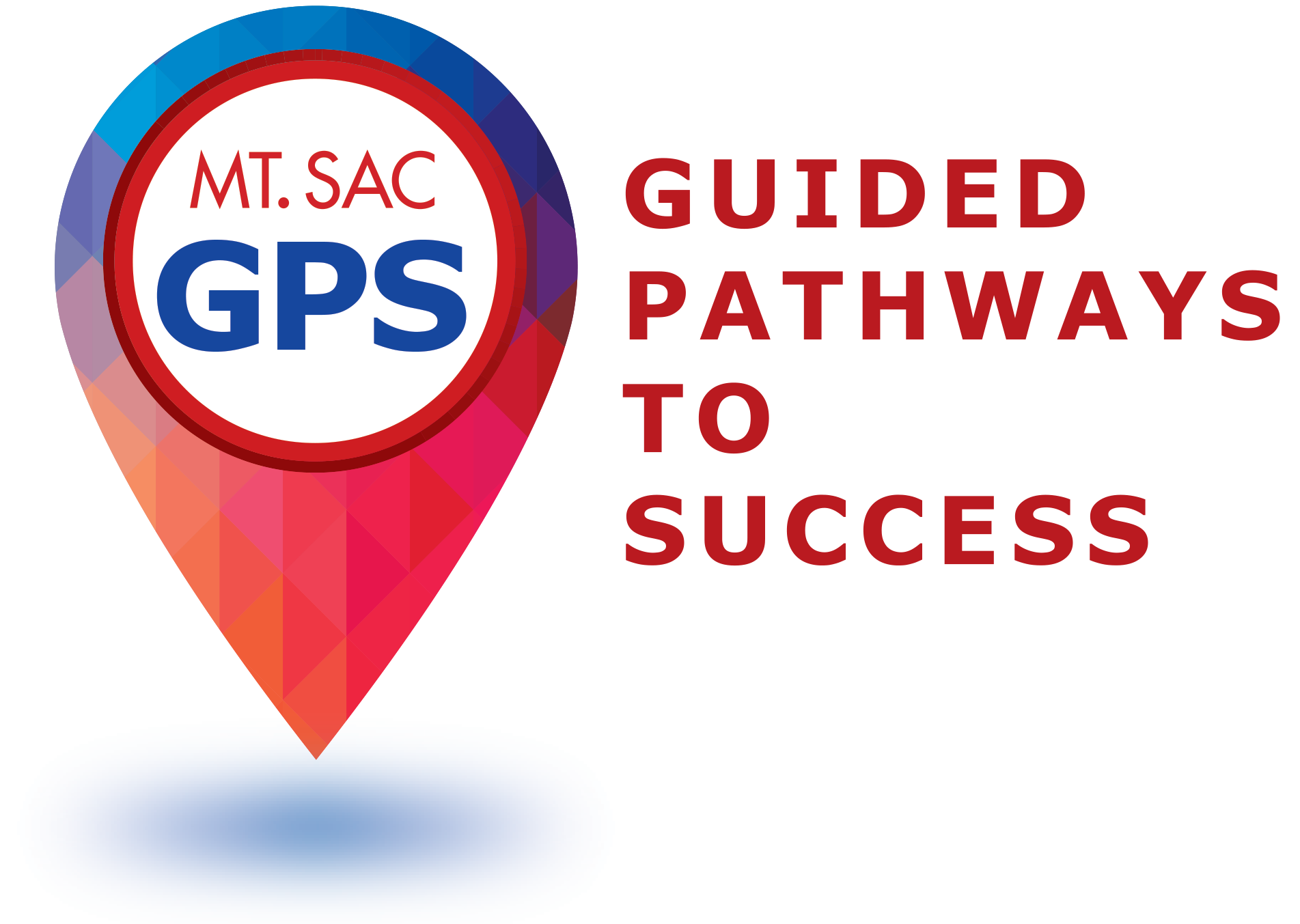Radio Broadcasting: Behind the Scenes (AS Degree S0606)
Arts Division
Degree S0606
The Radio Broadcasting Behind-the-Scenes degree is designed for students who are interested in the non-performance side of the broadcasting industry. Instruction prepares students for entry-level jobs including production, promotion, copywriting, and management. Students also receive instruction in the business side of the industry and can further customize their program by selecting from a variety of courses. Practical hands-on experience is available at the campus radio stations.
This degree requires the completion of General Education coursework plus the following:
Required Courses
| Course Prefix | Course Name | Units |
|---|---|---|
| R-TV 01 | Introduction to Electronic Media | 3 |
| R-TV 09 | Broadcast Sales and Promotion | 3 |
| R-TV 10 | Radio Programming and Producer Techniques | 3 |
| R-TV 11A | Beginning Radio Production | 3 |
| R-TV 11B | Advanced Radio Production | 3 |
| R-TV 15 | Broadcast Law and Business Practices | 3 |
| R-TV 38 | Radio Broadcasting Rules and Regulations | 1.5 |
| R-TV 96A | Beginning Campus Radio Station Lab: Studio Procedures and Equipment Operations | 1 |
| R-TV 96B | Intermediate Campus Radio Station Lab: On-Air and Behind-the-Scenes Skills | 1 |
| R-TV 96C | Advanced Campus Radio Station Lab: Program Hosting and Management Skills | 1 |
| R-TV 97A | Radio and Entertainment Industry Seminar | 1 |
| R-TV 97B | Radio/Entertainment Industry Work Experience | 1 |
| Required Electives | ||
| Choose six units from the following: | 6 | |
| Radio-TV Newswriting | ||
| Broadcast Traffic Reporting | ||
| Introduction to Podcasting | ||
| History of Radio DJs | ||
| Social Media in Broadcasting | ||
| Pop Culture in the Media | ||
| Social Media and Online Ethics | ||
| Special Projects in Broadcasting and Entertainment Industry | ||
| Work Experience in Broadcast Entertainment | ||
| Total Units | 30.5 | |
Program Learning Outcomes
Upon successful completion of this program, a student will be able to:
- Work in production, programming, or a variety of other behind-the-scenes positions at a commercial radio station.
- Use studio equipment to record and edit a pre-recorded piece.
- Operate the studio equipment required to produce a live broadcast.
- Use social media during a live radio show to engage with the audience.
- Develop and implement ideas for a radio show.
- Develop a format for a radio station.
Review Student Learning Outcomes (SLOs) for this program.
Looking for guidance? A counselor can help. This Guided Pathways for Success (GPS) is a suggested sequence of coursework needed for program completion. It is not an official educational plan. Schedule an appointment with a counselor or advisor as soon as possible to create an individualized Mountie Academic Plan (MAP) specific to your goals and needs.
This Guided Pathways for Success (GPS) is a suggested sequence of coursework needed for program completion. It is not an official educational plan. Schedule an appointment with a counselor or advisor as soon as possible to create an individualized Mountie Academic Plan (MAP) specific to your goals and needs.
| Fall Term 1 | Units | |
|---|---|---|
| R-TV 11A | Beginning Radio Production | 3 |
| ENGL 1A | Freshman Composition | 4 |
| AA/S KINES | Phys Ed (KIN) Activity Course | .5 |
| (R-TV 01 AND R-TV 38) 4.5 | ||
| Units | 7.5 | |
| Winter Term 1 | ||
| AA/S LIFE | Area E Lifelong Undrstg Course | 3 |
| Units | 3 | |
| Spring Term 1 | ||
| R-TV 11B | Advanced Radio Production | 3 |
| R-TV 15 | Broadcast Law and Business Practices | 3 |
| AA/S MATH | Meet AA/AS Math Comptcy Req | 3 |
| (R-TV 96A AND R-TV 96B) 2 | ||
| Units | 9 | |
| Summer Term 1 | ||
| SPCH 1A | Public Speaking | 4 |
| Units | 4 | |
| Fall Term 2 | ||
| R-TV 10 | Radio Programming and Producer Techniques | 3 |
| AA/S ARTS | Area C-1 Arts Course | 3 |
| AA/S USHIS | Area D-1 Hist/Pol Sc Course | 3 |
| AA/S ELECT | Degree Appl Course (Elective) | 3 |
| (R-TV 97A AND R-TV 97B) 2 | ||
| Units | 12 | |
| Winter Term 2 | ||
| AA/S HUM | Area C-2 Humanities Course | 3 |
| Units | 3 | |
| Spring Term 2 | ||
| R-TV 09 | Broadcast Sales and Promotion | 3 |
| R-TV 96C | Advanced Campus Radio Station Lab: Program Hosting and Management Skills | 2 |
| AA/S SCNCE | Area B-1 or B-2 Science Course | 3 |
| Radio Broad.: Behind the Scenes, AS S0606 6 | ||
| Certificate: Radio Broad. Behind Scenes N0636 6 | ||
| Submit petition to Admissions Records Submit petition to Admissions Records | ||
| R-TV 05 OR R-TV 06 OR R-TV 17 OR R-TV 31 OR R-TV 32 OR R-TV 35 6 | ||
| R-TV 101 OR R-TV 39 OR R-TV 99 0 | ||
| Units | 8 | |
| Total Units | 46.5 | |


